By Kyrnan Harvey
Previously, I have suggested a good many options for plants that possess presence in the winter landscape, that can be fully relied on not to be browsed by deer, and that can thus be employed to establish the bones of a garden.
Come spring, what flowering shrubs likewise won’t be ruined by the unpredictable predations of the white-tailed deer, Odocoileus virginianus? What can be planted, without worry, that is fully exposed to their perambulations at dawn and at dusk?
First off, let’s appreciate our native spicebush, Lindera benzoin, the swelling flower buds of which are most conspicuous in the sunlight of the first warm days of March. As true a harbinger of spring as snowdrops (truer actually, because snowdrops often open on warm days in the dead of winter), these are large shrubs that populate the understory of our woods and will seed themselves into your propitious beds and borders. Swallowtail butterfly larvae feed on their leaves, which turn bright yellow in fall, and the berries on female plants are an important food source for migratory birds. Scratch the stem or crush the leaves and you will know it’s a spicebush by the delightful scent of grapefruit.
Now let us praise forsythia, very common, and for good reason: they survive neglect, drought and shade. Their long arching stems root in, and thus spread, as their tips reach the soil. Prune them soon after flowering and leave them to themselves for the next 12 months. In other words, don’t let the landscapers buzz them in August. April 1 is when forsythia typically start flowering. In 2017 they were nearly two weeks late, as winter lasted right through March. Their ubiquity detracts from their appeal, but they should be utilized for their strong color in a still-gray landscape, for their durability in tough locations and for being … reliably deer proof.
Flowering with the forsythias are the PJM rhododendrons, precociously in shades of lavender-pink. Their leaves, mahogany-plum in winter, are aromatic when crushed and thus avoided by deer, unlike the glorious rhodies of May. I planted three in the late fall of 2015. One was promptly browsed, but not at all the last two years so I can, not without reservations, recommend them. Their shock of hot pink is surely a highlight of the year.
Grow flowering quince, Chaenomeles, in an obscure corner, in a location that is sunny but not prominent. The stunning flower colors — unusual tints of orange, watermelon-pink and peachy coral-pink — present such a jolt of pleasure that their messy tangled mass of stems can be forgiven. It will light up a forsaken location and a single cut spray will transform a room. Flowering quince (or Japanese quince, as distinguished from the quince used for jellies, Cydonia) is a classic subject for ikebana and a recurring motif in Asian art. I saw ‘Double-Take Orange’ and Double-Take Pink at Home Depot last April and ‘Cameo’ has been available at garden centers in recent years.
Lastly, for the purposes of this article on early spring flowering shrubs that are deer proof, or at least nearly so, there are the lilacs. They are all delightfully perfumed, of course. There are many varieties of the old-fashioned lilacs (Syringa vulgaris and S. × hyacinthiflora), flowering around Mother’s Day and for many a Proustian madeleine to their childhoods. Less well known, but also readily available, is the later flowering, smaller-leaved, broader-than-tall, S. meyeri ‘Palibin.’ It does not get gaunt and leggy, nor is it prone to mildew. This is truly one of the 10-best flowering shrubs to include in a garden, deer or no deer.
By mid-May the bridalwreath spirea, the Koreanspice viburnum and the Warminster broom are in full bloom and are assiduously avoided by deer. But there is a long winter ahead. In the meantime, email horticultural questions to [email protected] for possible inclusion in this column.
Kyrnan Harvey is a horticulturist and garden designer residing in East Setauket. For more information, visit www.boskygarden.com.

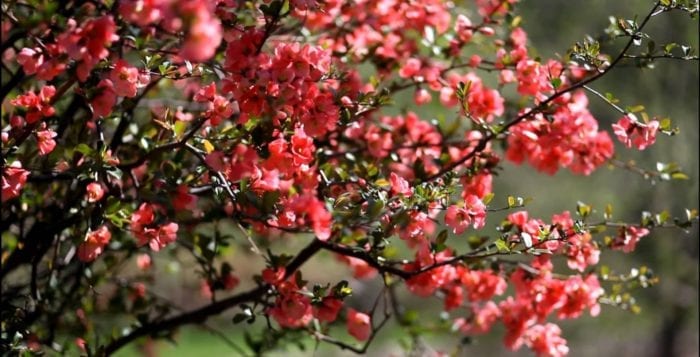
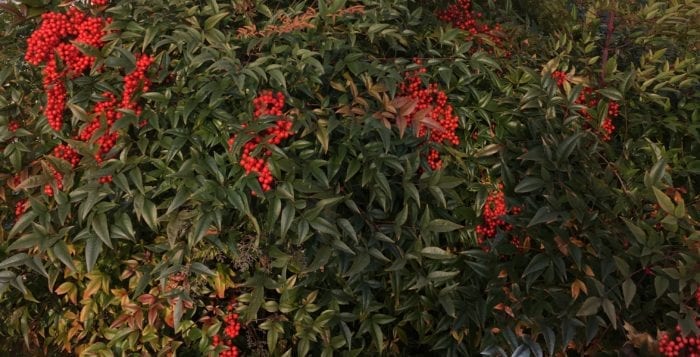
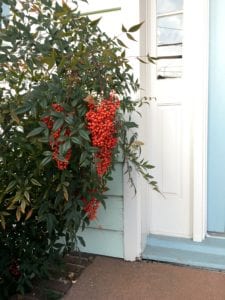
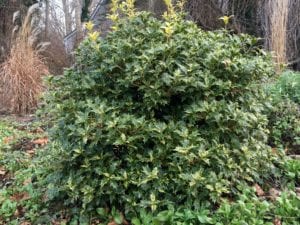
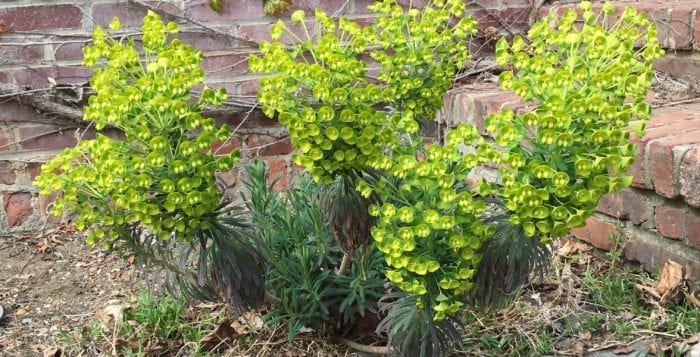
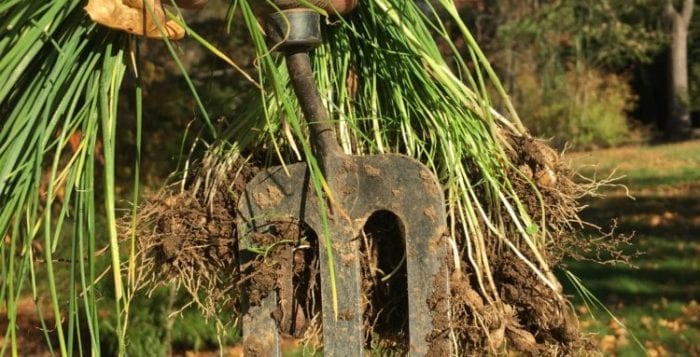
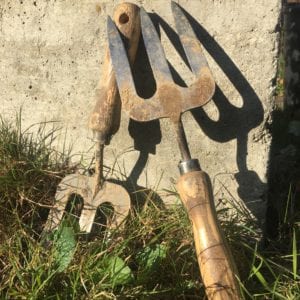
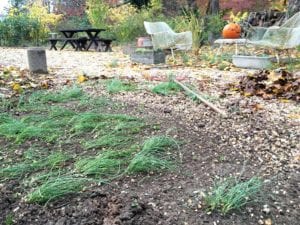
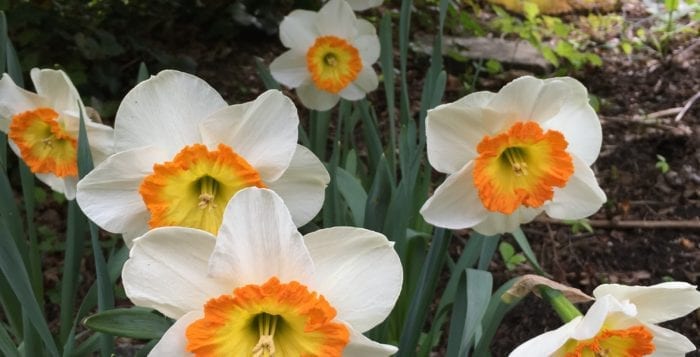
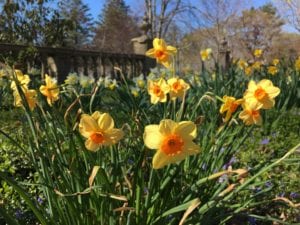
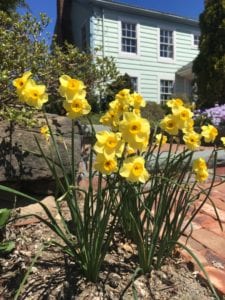
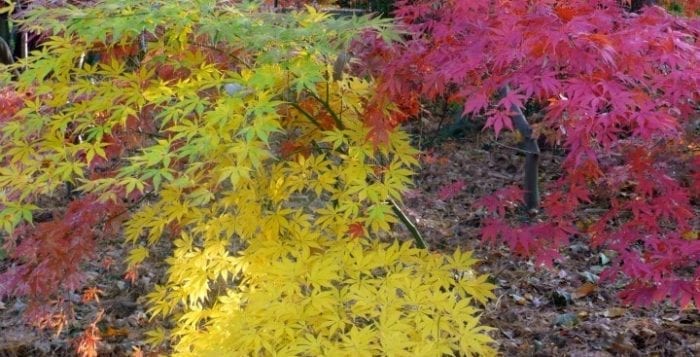
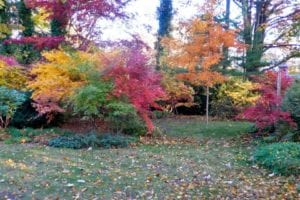
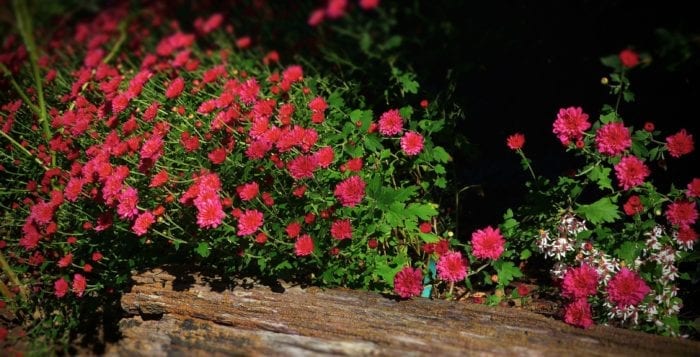
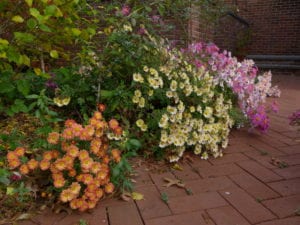
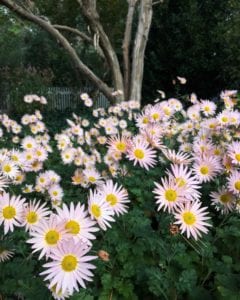
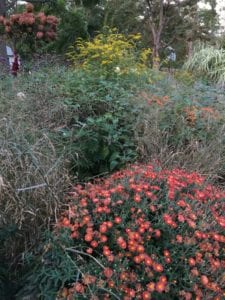
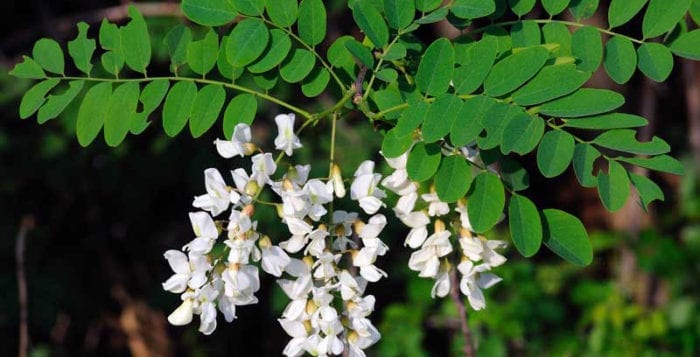
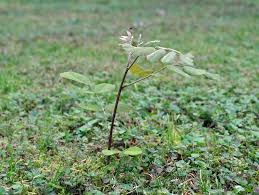
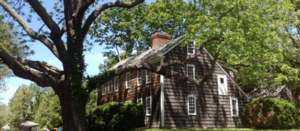
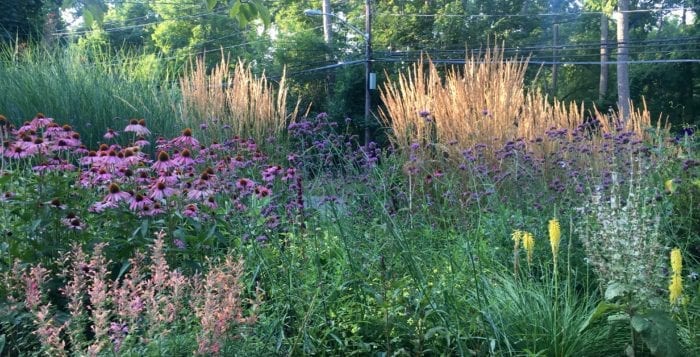
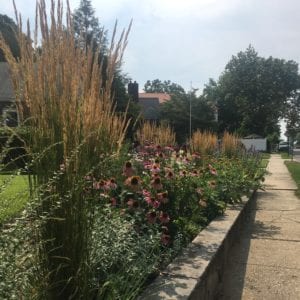
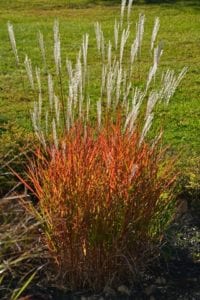 There are cool-season ones (feather-reed grass, blue fescue) that start growth soon after winter and warm-season ones (switchgrass, Miscanthus, fountain grass) that are delayed until the heat of May.
There are cool-season ones (feather-reed grass, blue fescue) that start growth soon after winter and warm-season ones (switchgrass, Miscanthus, fountain grass) that are delayed until the heat of May.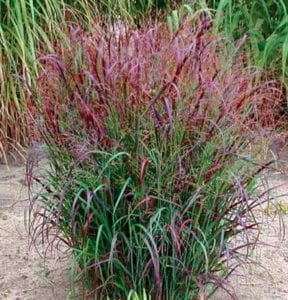
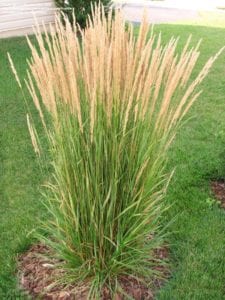
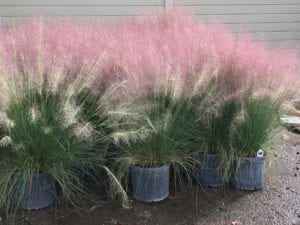 Scatter or drift Muhlenbergia (muhly grass) in the same proportion as the feather-reed grass. Again, grasses should usually be planted en masse, to create the naturalistic mood, but they don’t necessarily need to be planted as a block.
Scatter or drift Muhlenbergia (muhly grass) in the same proportion as the feather-reed grass. Again, grasses should usually be planted en masse, to create the naturalistic mood, but they don’t necessarily need to be planted as a block.


